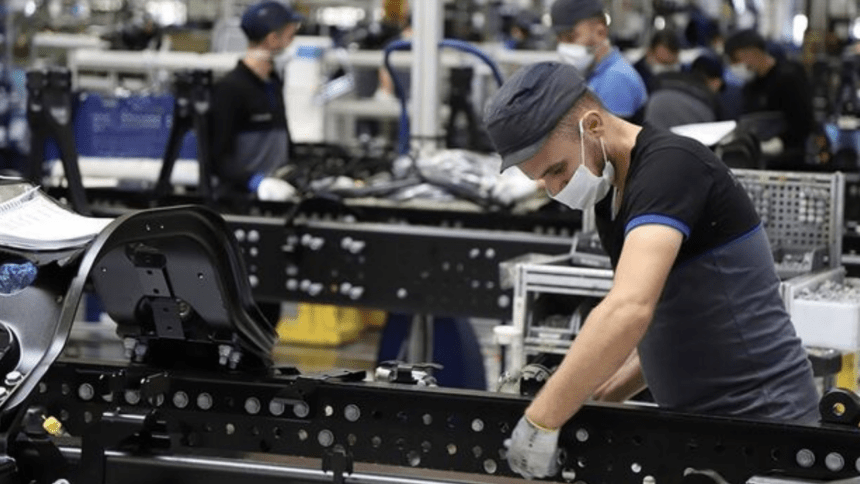ISO Turkey Manufacturing PMI Index, a leading indicator of economic growth, was realized as 47.4 in December. The headline PMI stood at 47.2 in November. Despite the moderate increase, the index remained below the threshold value of 50 for the sixth consecutive month and signaled a slowdown in the manufacturing sector.
Production and new orders continued to fall, while employment stopped contracting. The rate of increase in input costs slowed to the lowest level since May.
According to the Istanbul Chamber of Industry Turkey Sectoral PMI report, food products was the only sector that increased its new orders among the 10 sectors monitored. The sharpest slowdown in new orders was seen in chemical, plastic and rubber products. The strongest increase in employment was seen in the land and marine vehicles sector.
Persistent slowdowns in both total new orders and new business from abroad signaled continued weakness in demand, which allowed firms to continue working on their backlogs in December. Despite the decline in workloads, employment remained flat in December, ending two months of contraction. Some survey respondents reported a tendency to increase capacity, while others reduced employment due to a decline in new orders and resignations.
The decline in purchasing activity was the highest in four months. As a result, input inventories also declined. Weak demand for inputs allowed suppliers to speed up deliveries, thus ending an 11-month trend of extended delivery times. The depreciation of the lira, rising wages and higher raw material prices pushed input costs higher in December. However, the inflation rate declined for the fifth consecutive month. On the other hand, output prices increased at the fastest pace since August.
Commenting on the Istanbul Chamber of Industry Türkiye Manufacturing PMI survey data, Andrew Harker, Economics Director at S&P Global Market Intelligence, said: “The moderation in the Turkish manufacturing sector seen at the end of 2023 summed up a challenging second half of the year for firms, with subdued demand a key feature. There was some good news for the labour market, however, with firms keen to keep workforce numbers stable heading into the new year. There were also further signs of cost pressures easing, and although that didn’t translate into softer rises in selling prices in December, the potential for a more subdued inflationary environment in 2024 could provide some hope for a demand recovery in the sector.”










